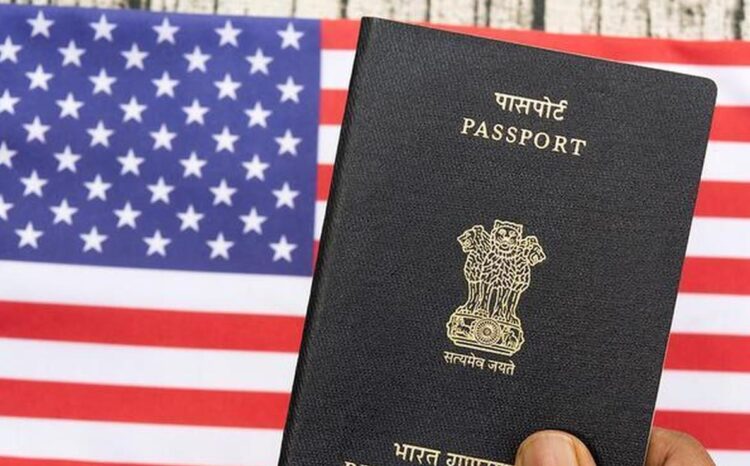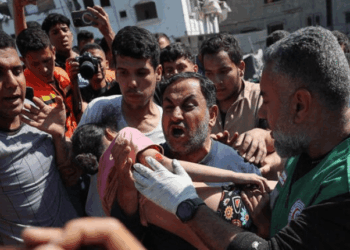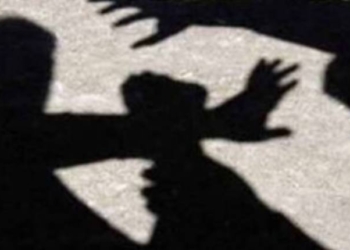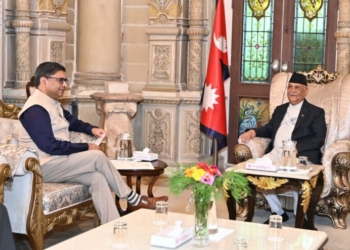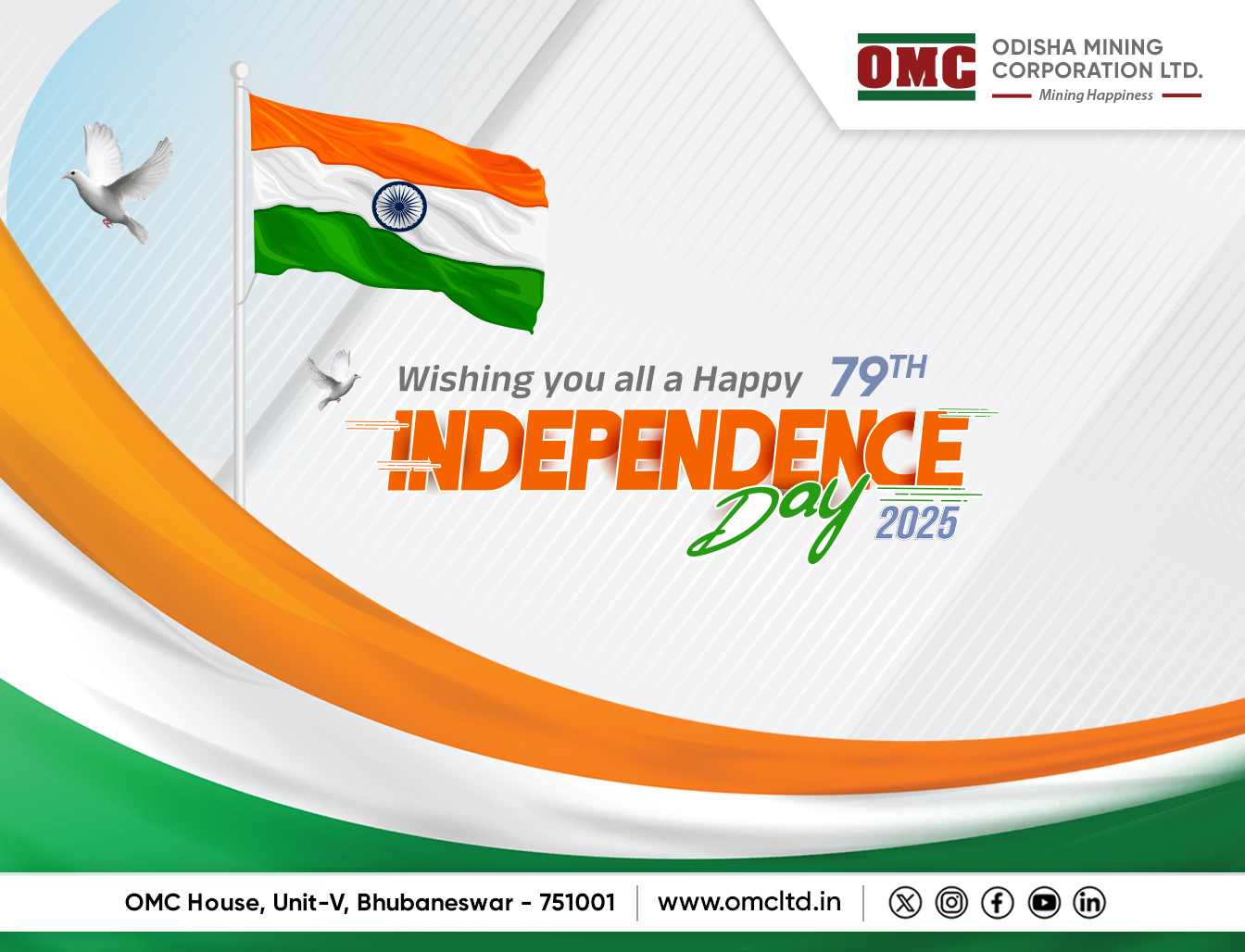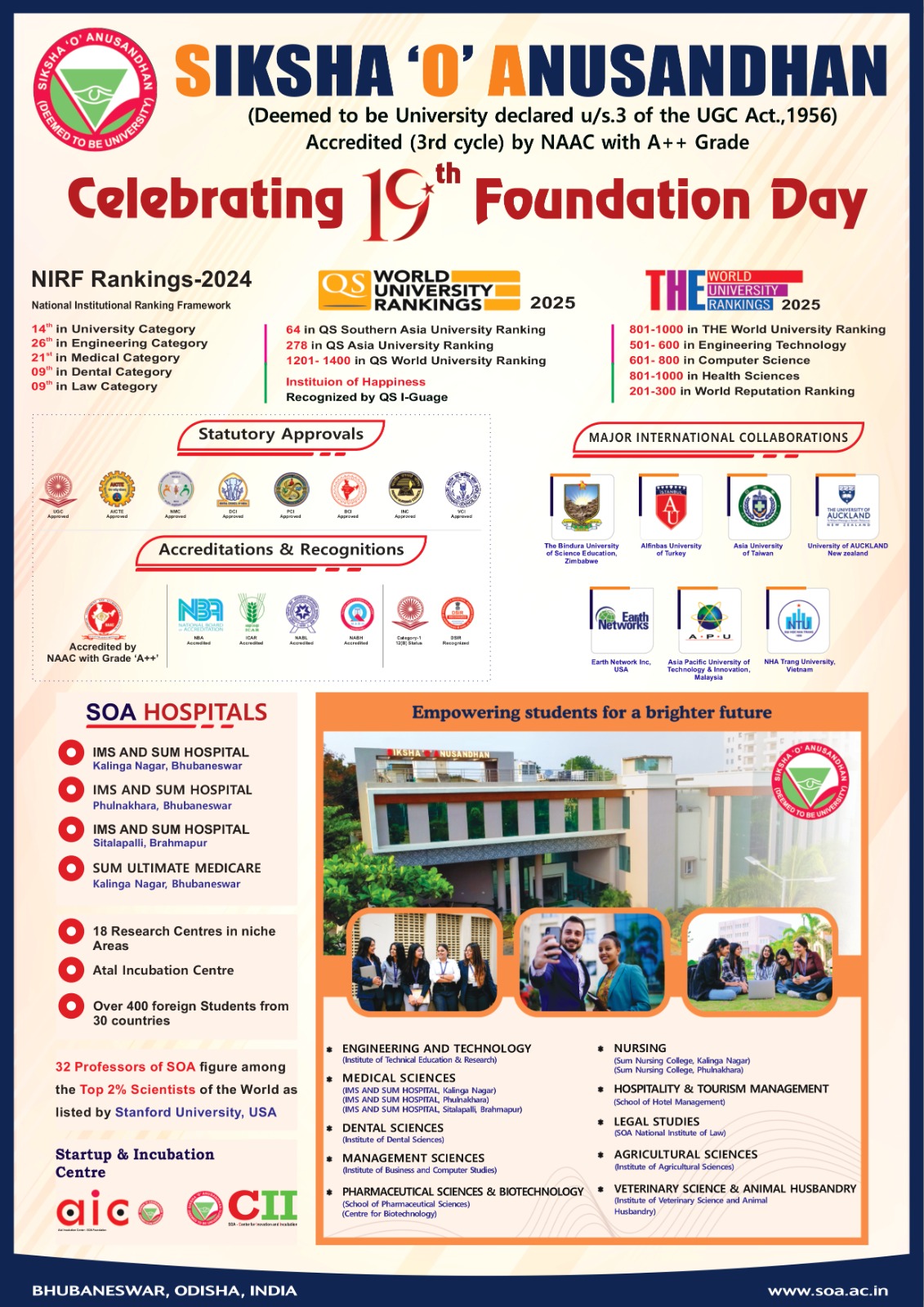Washington: The US said that it had issued 36 per cent more visas to Indians so far this year than in pre-Covid-19 pandemic times because of “number one priority” being accorded to cutting of wait-time that has included unprecedented steps such as remote processing of applications from India, sometimes all the way in Washington D.C.
The longest wait-time, typically for first-time visitors, is down from over 1,000 days to about 580, as a result of such measures that also include interview waiver for repeat visitors, additional staffing at consular operations in Indian missions and “Super Saturdays” when mission staff just process visas all day.
From summer stateside renewal of visas will be allowed in some categories on a pilot basis.
“It is the number one priority that we’re facing right now,” said Julie Stufft, the senior official of the State Department’s consular operations, told reporters while referring to the extraordinary delays in the processing of US visas in India.
“We are absolutely committed to getting us out of the situation where people — anyone in India — seeking a visa appointment or a visa would have to wait a lengthy time at all. That’s certainly not our ideal.”
As a result of these efforts so far this year, Stufft said further” “We’ve issued 36 per cent more visas than we did before the pandemic in India. Just to say that again, 36 per cent more visas processed now than during the before the pandemic in normal times and that is a huge percentage increase and I think it will actually go up as the year goes on. It’s only February.”
Long waiting times for US visa processing post-pandemic, specially for first-time visitors, have become a key issue in the bilateral relationship and it was raised by External Affairs Minister S. Jaishankar at the last 2+2 meeting between the two countries’ Foreign and Defence Ministers in Washington D.C. last September.
Secretary of State Antony Blinken had assured him then that the US had a plan to address the issue.
Frustration over these visa delays had led many in India to ask if they were symptoms or manifestation of deeper problems in the bilateral relationship. And there was a perception that the delay was intentional.
“We are keenly aware of the public perception this has generated and created in India and in part, what we’re doing today is to try and address that misperception that somehow the US is no longer welcoming of Indian students or Indian businessman or Indian visitors writ large and this really is a systemic problem,” said Nancy Jackson, a senior official of the state department’s South and Central Asia bureau, in response to question.
The delays were caused by the closure of consular operation for more than a year due to the Covid-19 pandemic.
All US operations were impacted around the world. But the situation in India was the worst of all because of the sheer volume of visa applications that the US receives from Indians for all categories — from B1/B2 tourist visas to H-1B and L work visas to others.
Delays in most of these categories have been addressed to a large extent the officials said because of interview waiver for repeat visitors.
Their applications are processed remotely at US missions around the world.
“So right now today we have dozens and dozens of officers around the world and here in Washington right down the street doing Indian thesis on behalf of our mission in India,” Stufft said.
This frees up the consular staff in India to focus on first-time visitor interviews.
Indians are also being encouraged to apply for visas at US missions in other countries, the officials said, who acknowledged this was far from an ideal situation.
More than 100 US missions around the world have processed Indian applications.
(IANS)




